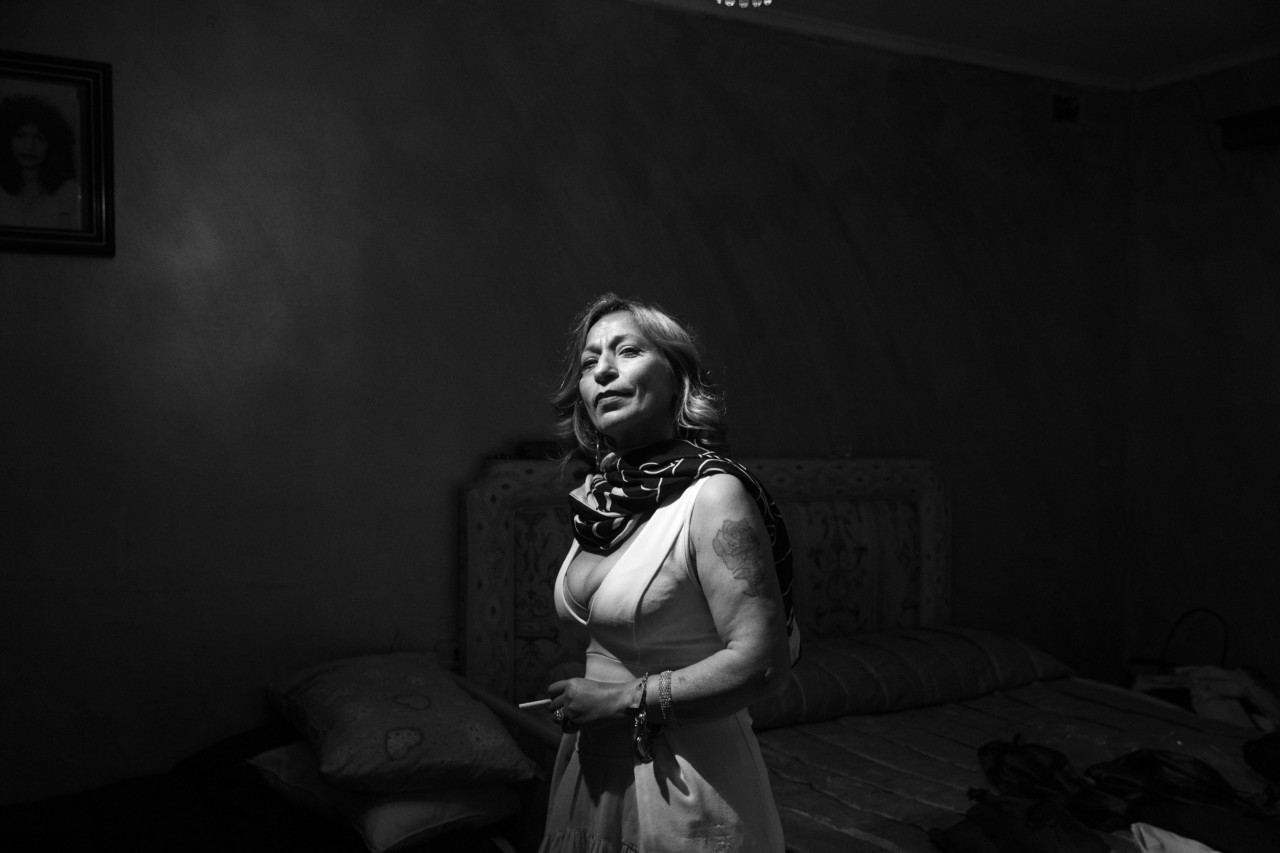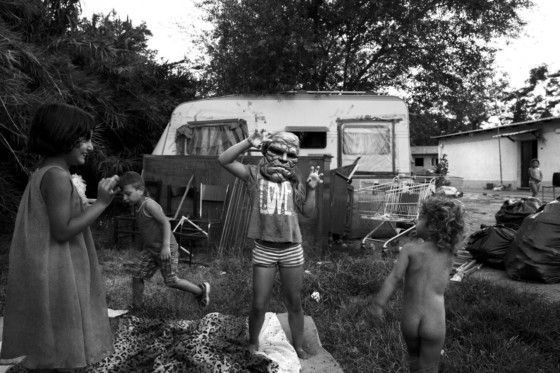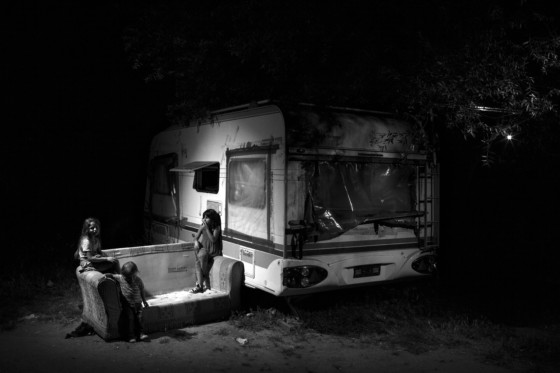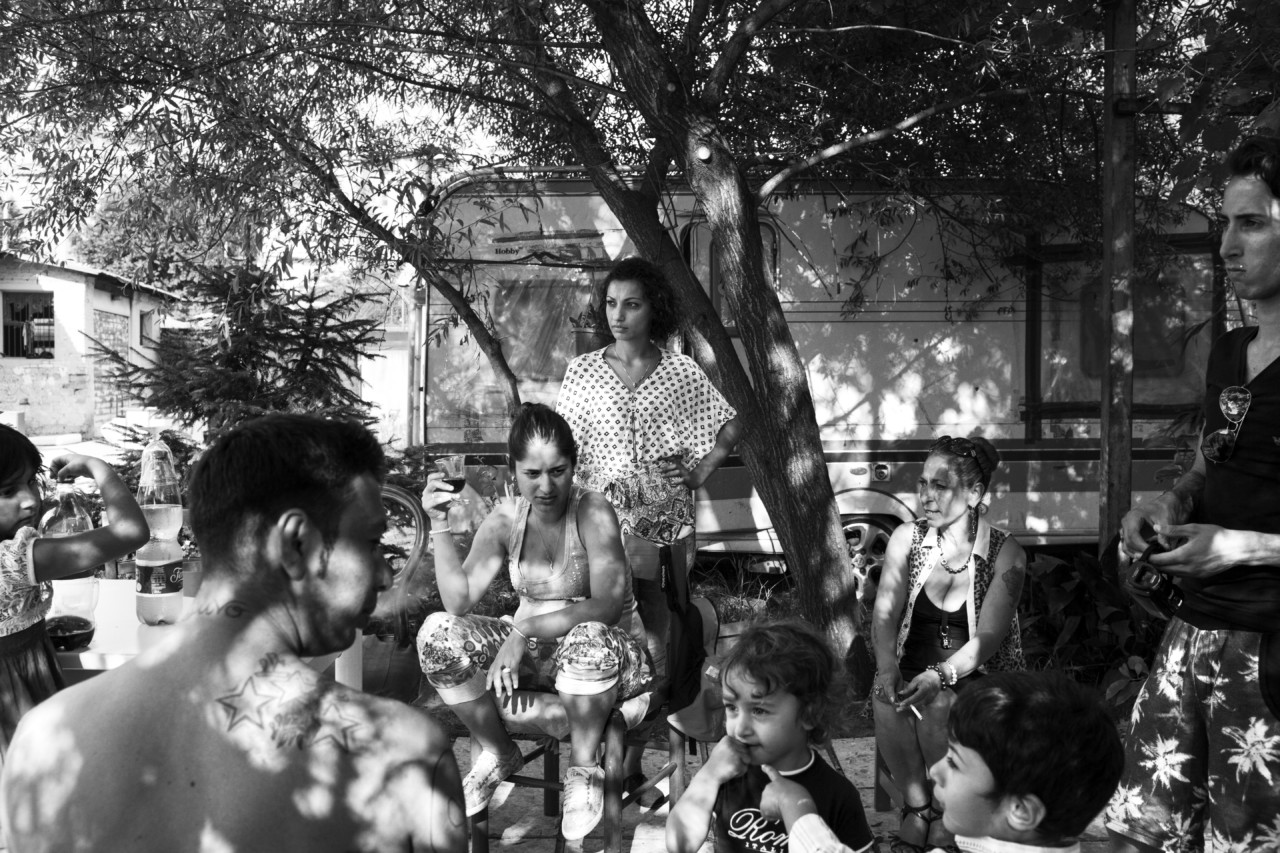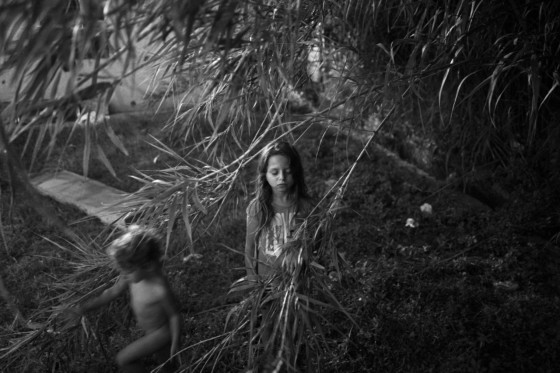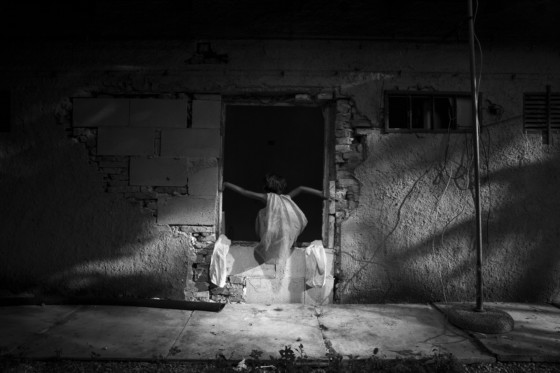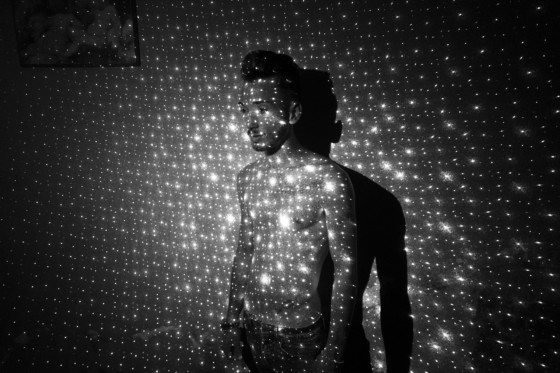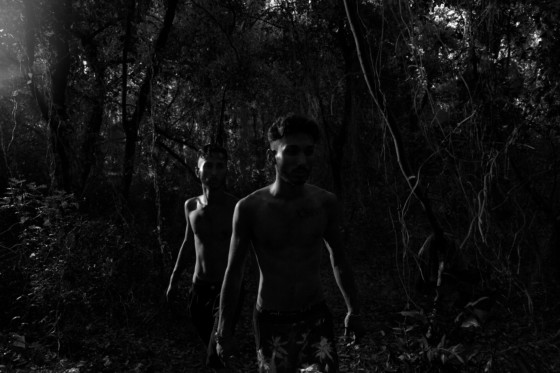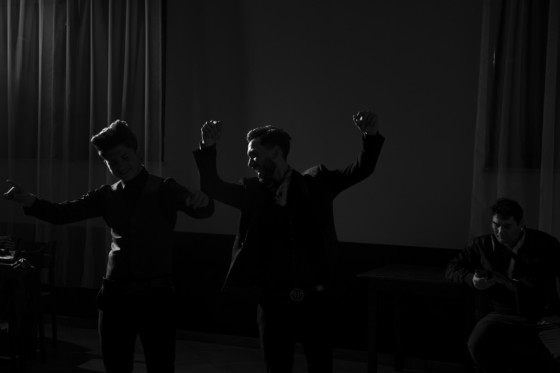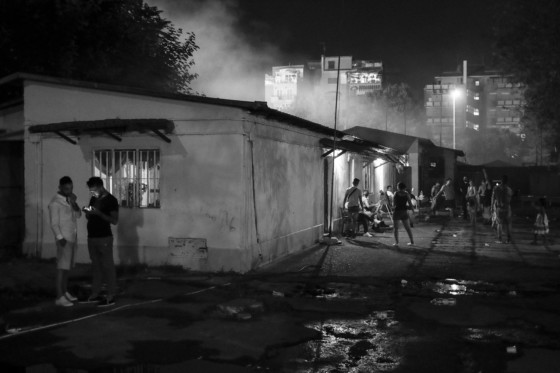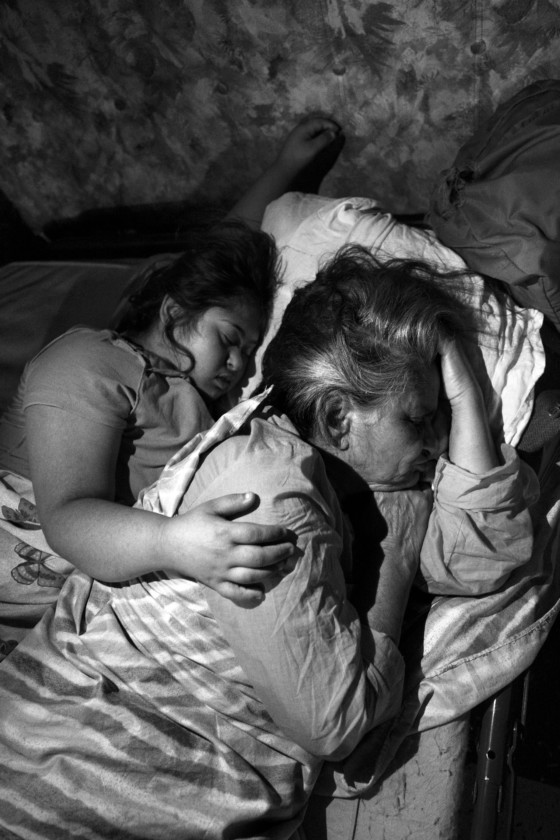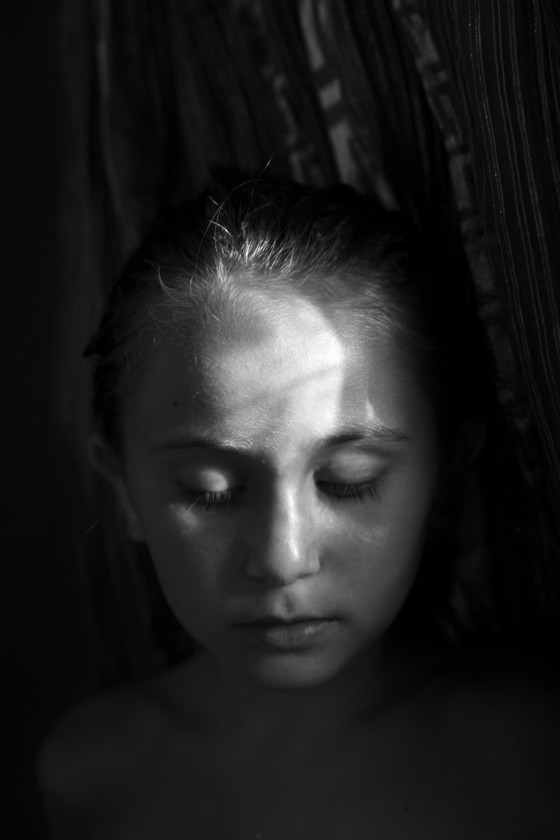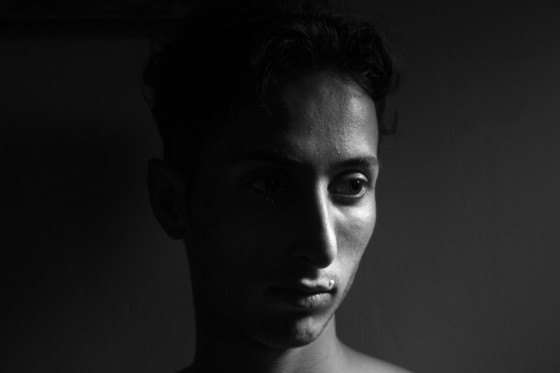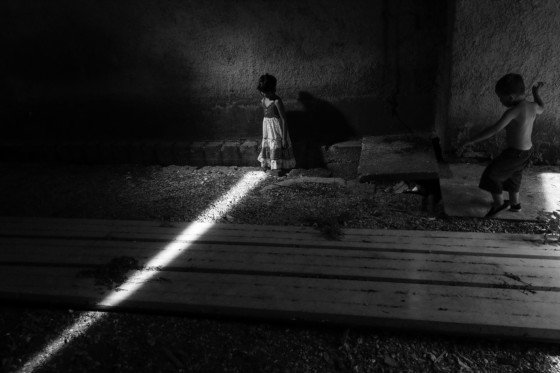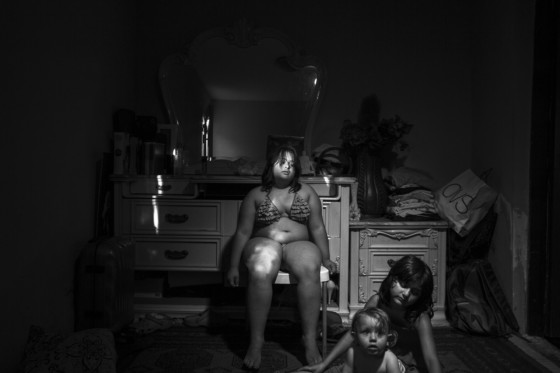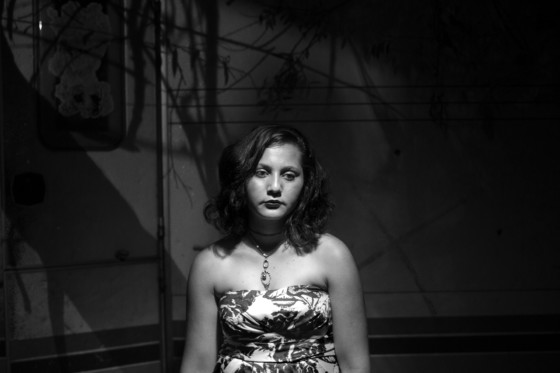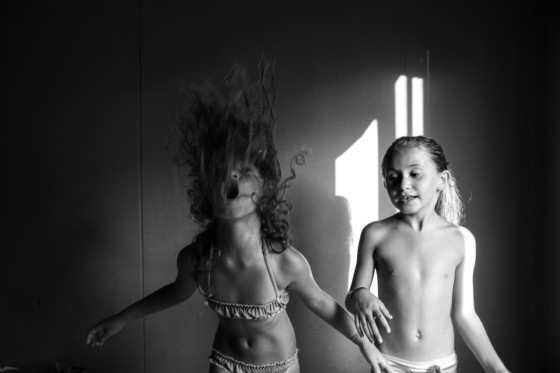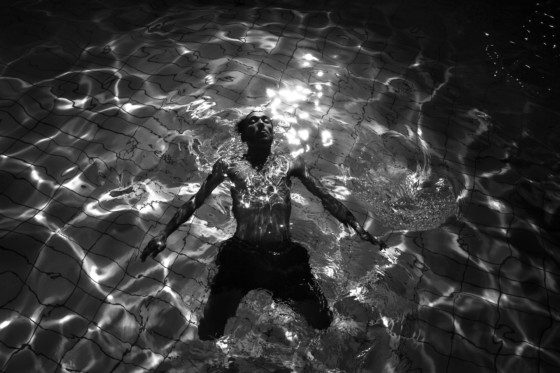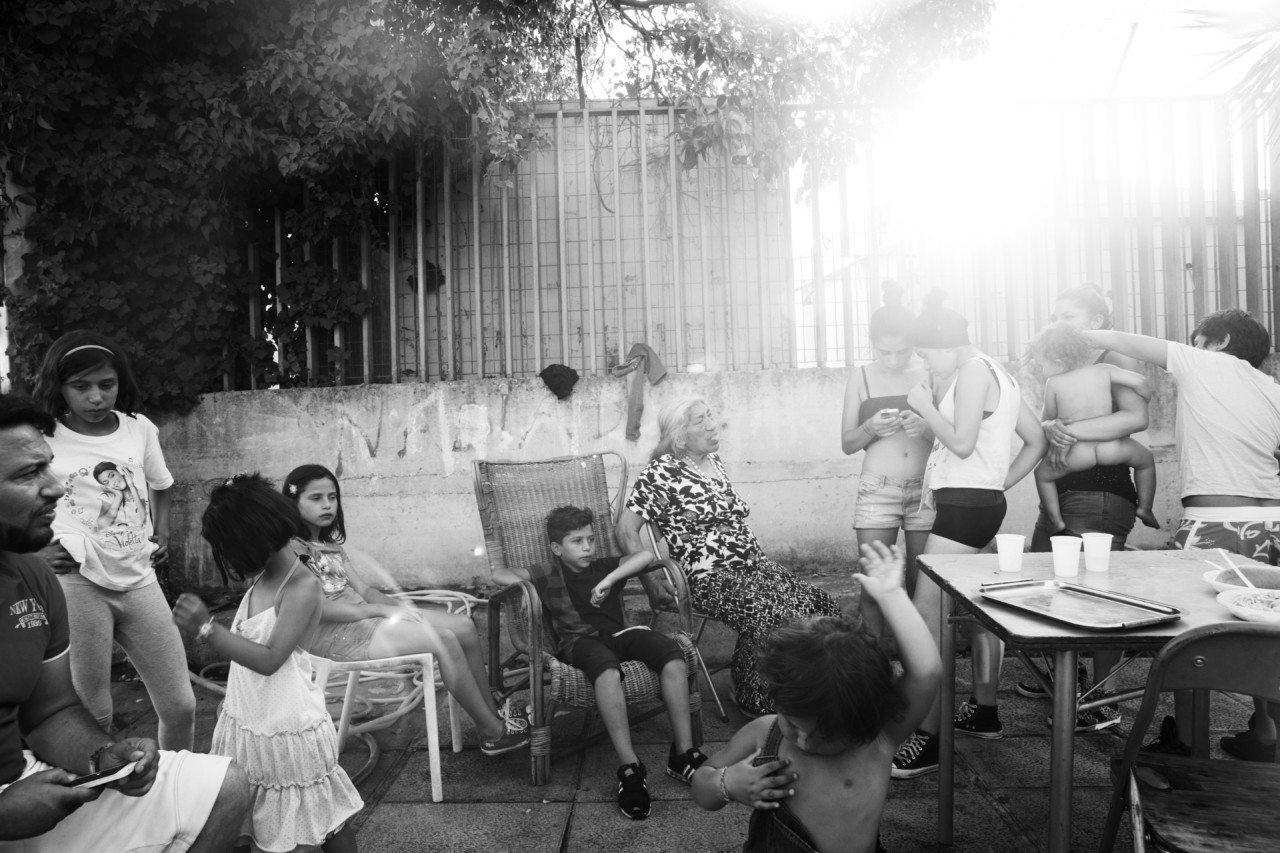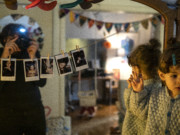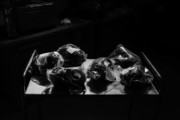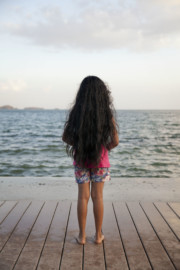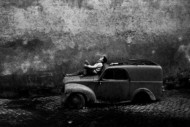Sevla
Paolo Pellegrin's intimate portrait of a matriarch and her family explores the ties that bind human relationships
Some 12 million Roma, part of a diverse group of peoples referred to, often pejoratively, as “gypsies,” have faced discrimination, hatred, and social exclusion for centuries throughout Europe. The Roma, said to have settled in Europe from northern India in the 15th century, have often been subject to disproportionately high rates of poverty and unemployment, and at worst, faced systematic persecution under the Nazis. Today, their situation, though improved, remains tainted by hostility.
Yet, suffering is not a staple of the Roma identity. Family gatherings, play time, and weddings encompass them all the same. Magnum photographer Paolo Pellegrin has chosen to represent that side of the Roma identity, avoiding themes of suffering more typically focused on by outside photographers.
“There is a very strong sense of family, which I feel there,” he said. “Even though there are so many people who come and go and get married, or spend years away, then come back. They’re very united, they’re very close. This sense of unity and the sense of family takes precedence over other aspects of life”.
"They’re very united, they’re very close"
- Paolo Pellegrin
In 2015, Pellegrin met Sevla, a Roma woman from Bosnia, who was living with her family in his native Rome. He originally photographed Sevla and her family as part of the Rome Commission, an annual project that sees an international photographer commissioned to “portray the city of Rome in total freedom of interpretation.”
Photographers such Graciela Iturbide, Paolo Ventura and fellow Magnum members Martin Parr, Josef Koudelka and Alec Soth, had all already photographed some of Rome’s many facets for the Commission. But Pellegrin’s relationship with the city meant that he looked for something to photograph that felt more personal, something that foreign photographers couldn’t easily address themselves. He landed on the notion of peripheries. “And Rome, like most modern capitals, has very large, extensive peripheries,” he notes.
"The younger generations, whilst they continue to honor their traditions and their culture, form more of a bridge"
- Paolo Pellegrin
One of Pellegrin’s very first personal projects took him to Bosnia in the late 1980s, before the war. At the time he was a budding photographer, documenting a gypsy camp. There he met a family whose son had died and whose father wanted to bury him in their native village, Vlasenica.
In a fateful encounter years later, and in the very different setting of Rome’s peripheries, Pellegrin met matriarch Sevla, and found she had left the very same village he had documented almost 30 years previously. Several generations have passed since Sevla and her family settled in Rome in the 1980s, as part of a larger diaspora that has seen her family spread throughout Europe. Now Sevla has nine children, over thirty grandchildren, and a large extended family, the younger of whom identify as Italian.
“The first obvious difference is language,” Pellegrin says. “As always happens, the first generation struggled with learning Italian, whereas the second and third generations are completely fluent. I think the younger generations, whilst they continue to honor their traditions and their culture, form more of a bridge between the two cultures.”
Pellegrin, who originally studied architecture and comes from a family of architects – and now lives in Geneva – has been back and forth to Rome since 2015, ‘embedding’ himself in Sevla’s large family, at times photographing them, at others just spending time with them.
“I love these people, I love this family, and I feel so comfortable with them. I like the work that I’m doing. So, I decided to continue making the series. Three years later, every time I go to Rome, I see them.”
While Pellegrin’s series may echo aspects of Josef Koudelka’s “Gypsies”, a narrative of the rootless lives of Europe’s Roma communities that echoed his own feelings of displacement, Pellegrin asserts that he is more interested in the familial aspect of his Sevla series than he is in the issue of the Roma’s origins.
“It just so happens that they are Roma people,” he said. “That was a point of entry for me, but the work goes beyond that.”
"I love these people, I love this family"
- Paolo Pellegrin
That strong sense of family comes with a strong set of values that Sevla emphasizes as being part of the Roma way of life. The martriarch’s family often tell him, “’For you – the ‘gadje’ – or non gypsy – you are all about work and career; for us, we’re less interested in that’. For Sevla, family takes precedence over other aspects of life, certainly over professional life or work,” says the photographer.
Now, a father of two, Pellegrin sometimes takes his daughters to visit Sevla as he enjoys being immersed in the minutiae of a colossal family life: daily moments of swimming, cooking, or celebrating.


